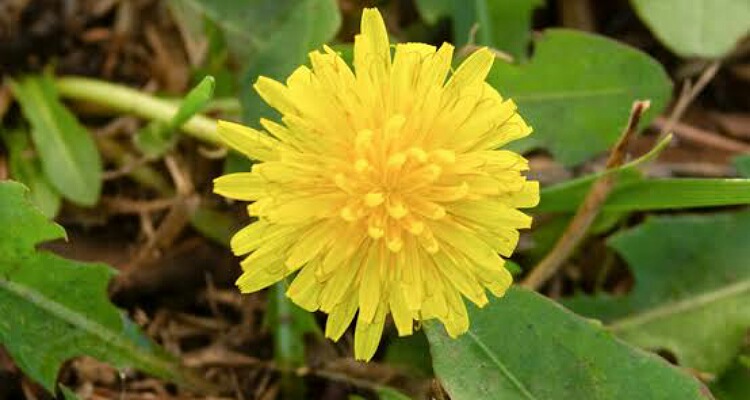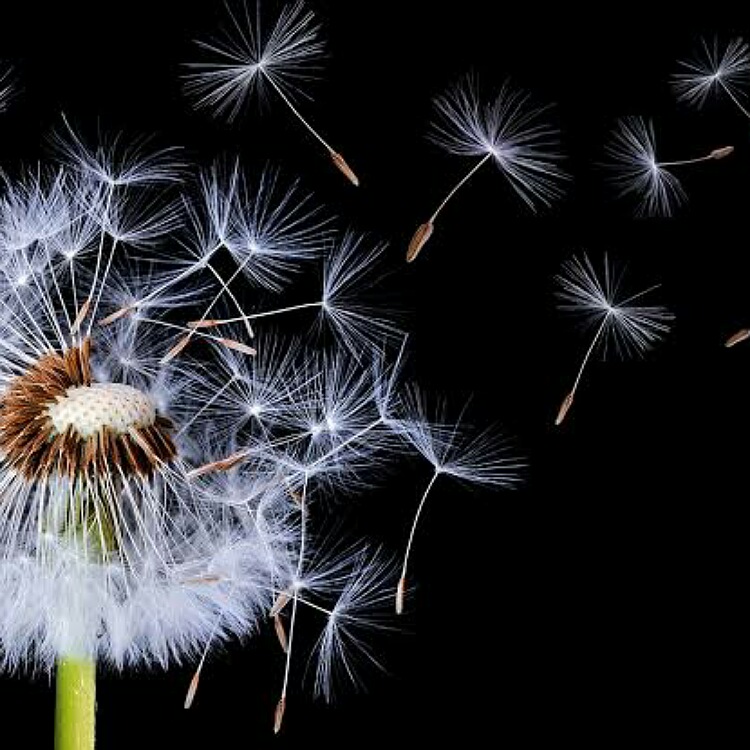Dandelions are wild flowering plants native to Europe and North America. They are edible. And they have health benefits as well.
Dandelions and dandelion greens
Dandelions are flowering plants common in North America, Europe, and Eurasia. These temperate climate plants grow wild and the flowers are small and gathered together into a composite flower head.
They are yellow or orange. They open during the day and close at night. The plant’s stem and leaves exude a milky sticky latex that is white.
The flowers turn into seeds-containing fruits. Later, these seeds disperse and self-propagate.

The dandelion greens are nutritious and edible. They have high amounts of vitamins such as vitamins A, C, and K. Calcium, iron, manganese, and potassium are present in moderate amounts in these greens.
86% of the leaves are water. Therefore, when consumed they hydrate the body. And the carbs content in these leaves is 9%, proteins 3%, and fats 1%. 100 grams of greens provide 45 calories.
Foods and other substances derived from dandelion
Besides the leaves, the stems, roots, and flowers of this plant can also be eaten.
They are loaded with phytochemicals such as lutein, inulin (prebiotic fiber), polyphenols, terpenoids, triterpenes, and sesquiterpenes. These have numerous health benefits.
The leaves have some bitterness in them but when you blanch them it removes the bitterness and makes them more palatable. The dandelion leaves can be sauteed and cooked like spinach.
Almost all cuisines of the world use these dandelion greens to make palatable and nutritious food dishes.

The flower petals of the plant along with citrus can produce a good wine. Similarly, beers are manufactured from the flower parts of dandelion.
The roots of the plant can be ground and roasted to make a caffeine-free coffee substitute. The plant parts can form part of salads and sandwiches.
The yellow flowers of dandelion yield the yellow pigment that can be used as a dye for fabrics and wool. The plant latex can be converted to rubber. The parts of the dandelion are used in traditional medicine to cure various maladies.
But the pollens of this plant can cause allergies in some susceptible individuals. Latex can give rise to contact dermatitis. The plant can be food for birds and bees.
But it can also become a troublesome weed in useful crops and destroy them. But the tap roots of dandelion pull up and retain water.
They are therefore useful for plants with shallow roots when grown with them. Dandelion releases ethylene gas that helps fruits to ripen fast.
The cancer-fighting properties of dandelion
Dandelion has a role in cancer therapy. Its greens supposedly also assist in cancer treatment. In 2019, Dr. Christopher Nguyen and his team studied the in vitro role of these greens in cancer management.
They found that cultured prostate cancer cells that were exposed to dandelion root extract, lemongrass extract, and conventional chemotherapy drugs were killed faster compared to chemotherapy alone.

Also, read 6 healthy seeds that you should incorporate into your daily diet!